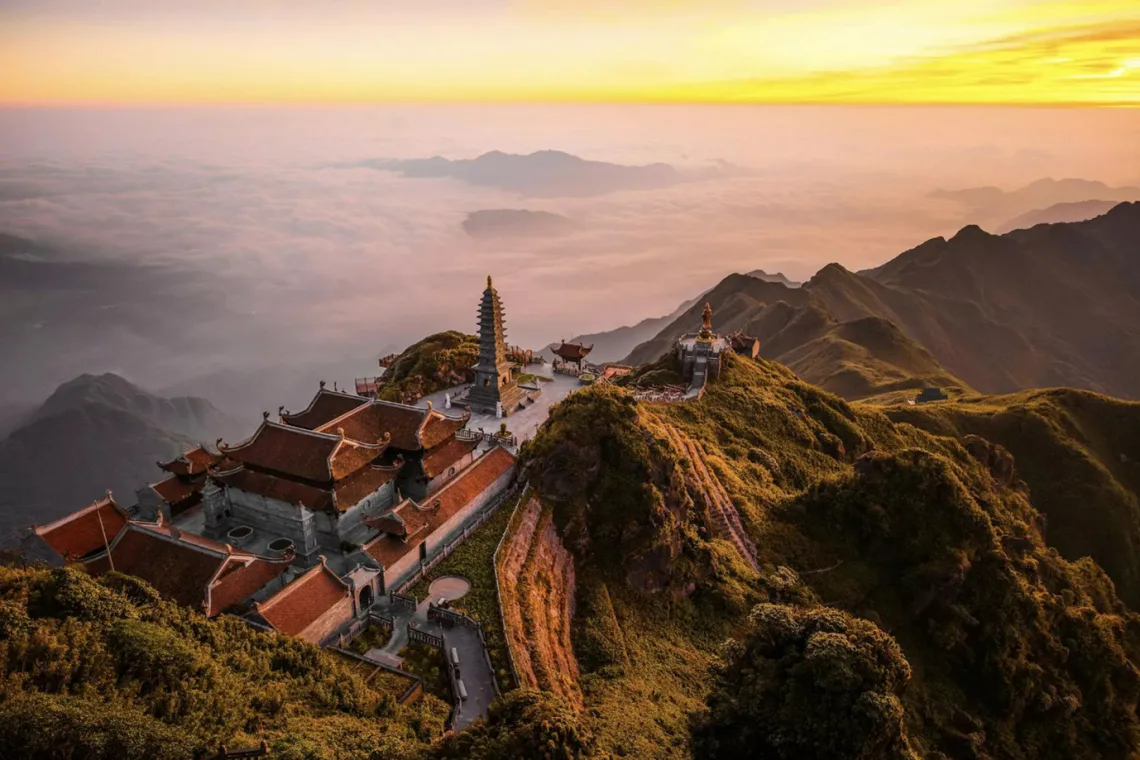
Things You Need to Know Before Visiting Sa Pa
Sa Pa, a picturesque town in northern Vietnam, is a must-visit destination for travellers seeking breathtaking mountain landscapes, rich cultural experiences, and thrilling outdoor activities. Nestled in the Hoàng Liên Son mountain range, Sa Pa is famous for its terraced rice fields, ethnic minority villages, and the towering Fansipan Peak, the highest mountain in Indochina. Before embarking on your journey to this enchanting region, here are some essential things you need to know.
1. Best Time to Visit
Sa Pa experiences a temperate climate, but the best time to visit depends on what you want to see and do:
- Spring (March to May): Pleasant weather with blooming flowers and lush greenery.
- Summer (June to August): Warmer temperatures and occasional rainfall, perfect for lush rice paddies.
- Autumn (September to November): Cool temperatures and golden rice terraces, making it the most picturesque time.
- Winter (December to February): Cold temperatures, sometimes with snowfall, offering a unique and mystical charm.
2. How to Get There
Sa Pa is located about 315 km from Hanoi, and the most common ways to reach it include:
- Train + Bus: Take an overnight train from Hanoi to Lào Cai (8 hours), followed by a 1-hour bus or taxi ride to Sa Pa.
- Bus: Direct sleeper buses from Hanoi to Sa Pa take around 5-6 hours.
- Private Car: A more comfortable but pricier option, taking approximately 5 hours.
3. Exploring the Local Culture
Sa Pa is home to various ethnic minorities, including the H’Mông, Dao, and Tay people. To fully appreciate their rich culture:
- Join a guided trekking tour to local villages.
- Visit traditional markets like Bac Ha or Can Cau to see locals in their colourful attire.
- Respect local customs by dressing modestly and asking for permission before taking photos.
4. Must-Do Activities
- Trekking: Sa Pa is known for its scenic trekking routes, such as Cat Cat Village, Ta Van Village, and the Muong Hoa Valley.
- Conquering Fansipan: Take a challenging hike or ride the cable car to the “Roof of Indochina.”
- Explore Love Waterfall and Silver Waterfall: Beautiful waterfalls perfect for nature lovers.
- Enjoy local cuisine: Try specialties like thắng cố (horse meat stew), grilled skewers, and local herbal wines.
5. What to Pack
- Warm clothing: Even in summer, temperatures can be chilly, especially at night.
- Comfortable trekking shoes: Essential for exploring the rugged terrain.
- Rain gear: Sudden showers are common, especially during the rainy season.
- Cash: ATMs are available, but cash is preferred in remote villages and markets.
6. Travel Tips
- Book accommodation and transportation in advance, especially during peak seasons.
- Be mindful of altitude sickness, especially if you are not used to high elevations.
- Support local communities by buying handmade crafts and using local tour guides.
- Be prepared for unpredictable weather, as it can change rapidly in the mountains.
Conclusion
Sa Pa is a gem of northern Vietnam, offering a mix of natural beauty, cultural richness, and adventurous experiences. By planning your trip wisely and respecting local customs, you can ensure a memorable and rewarding visit to this enchanting highland destination. Whether you’re trekking through the mesmerizing rice terraces, engaging with ethnic minority groups, or simply soaking in the fresh mountain air, Sa Pa promises an unforgettable experience for every traveller.





